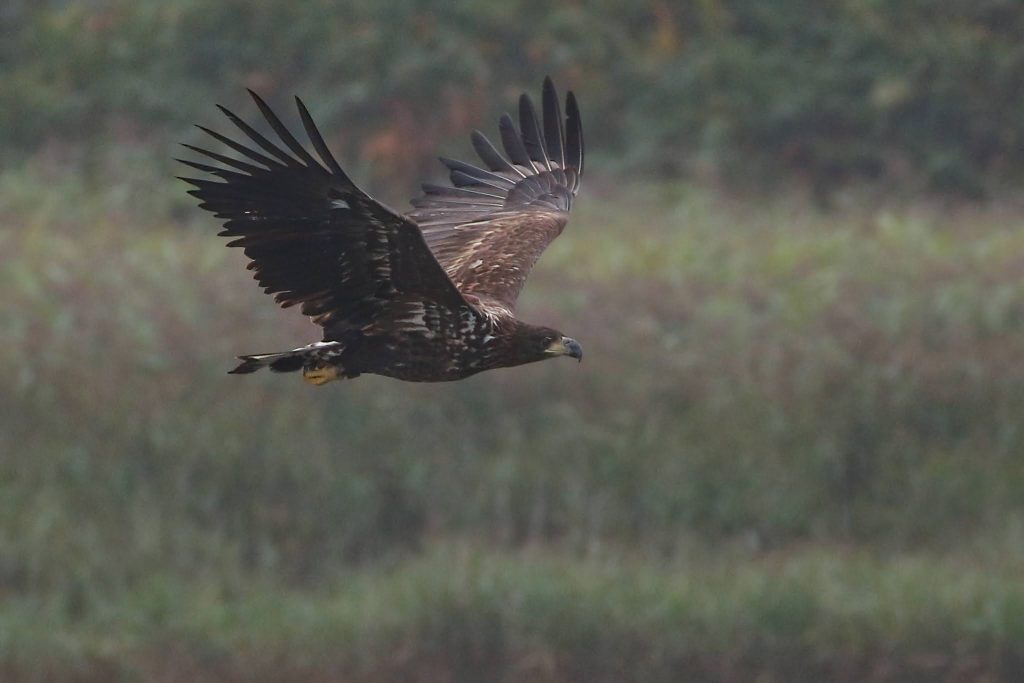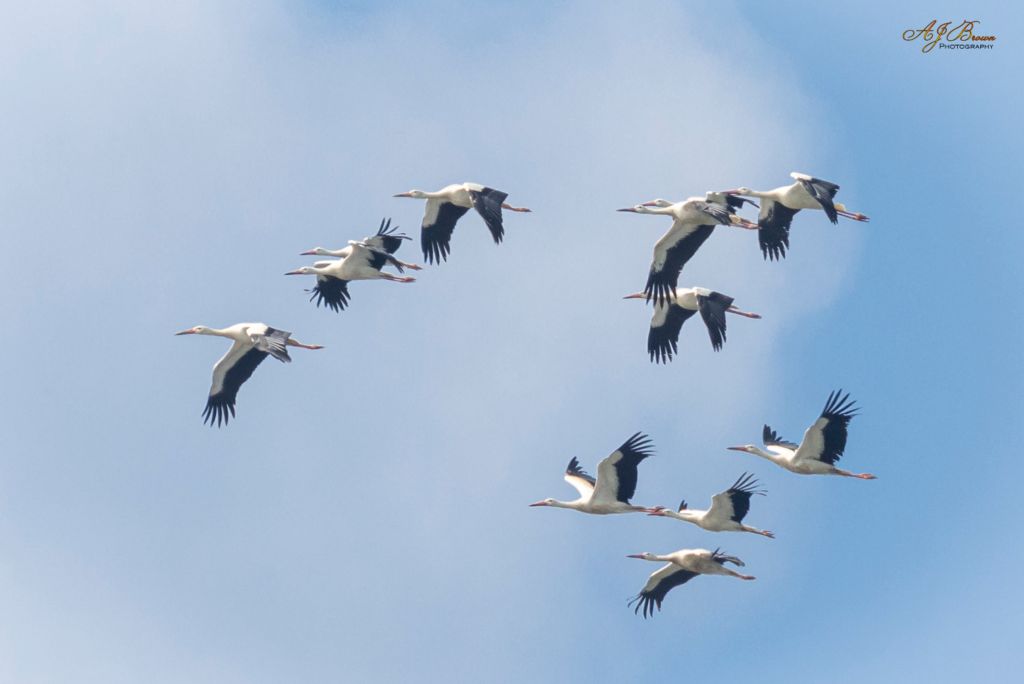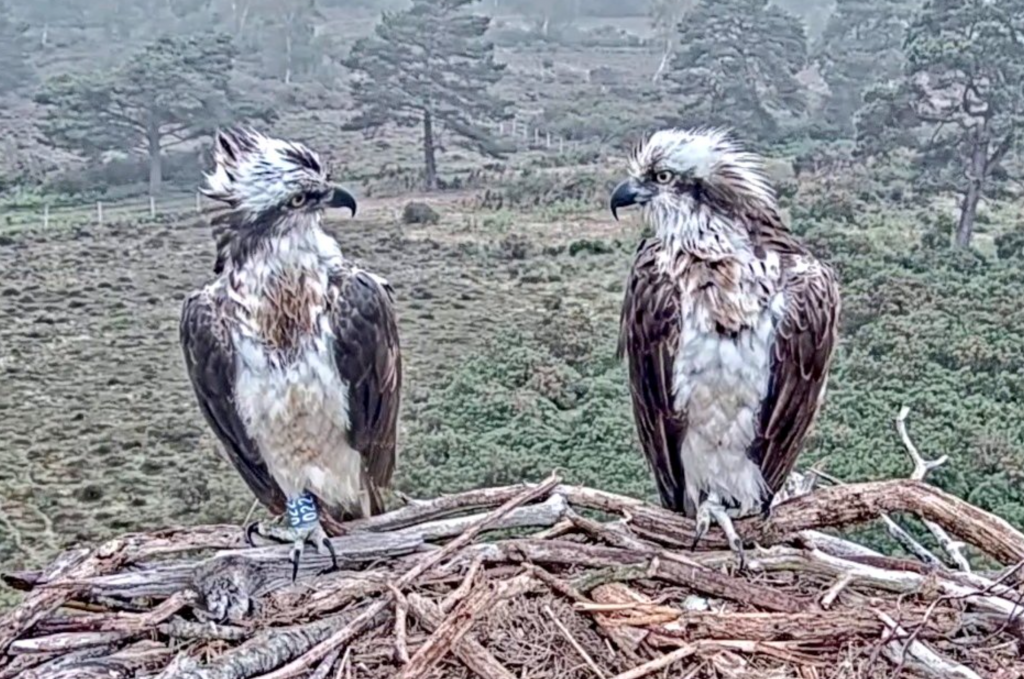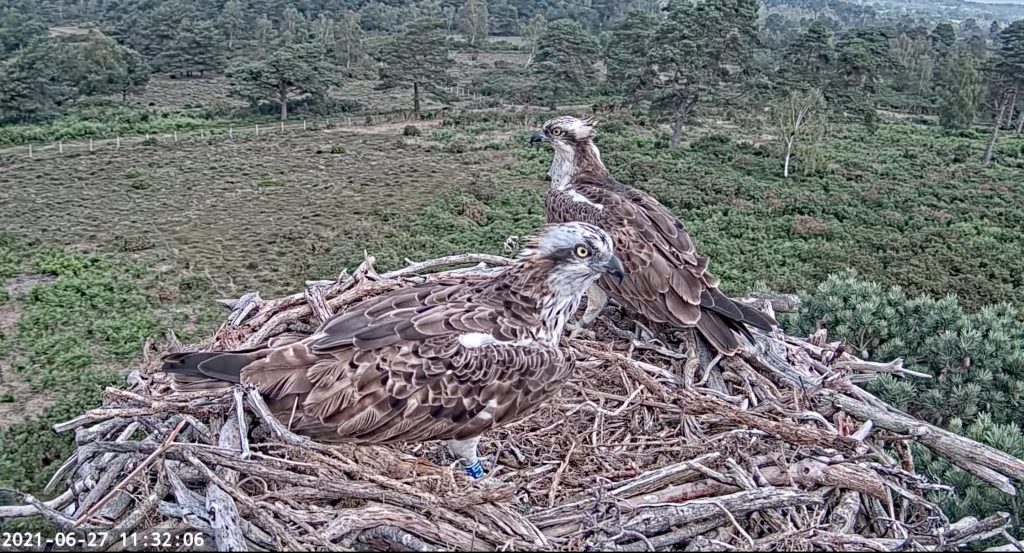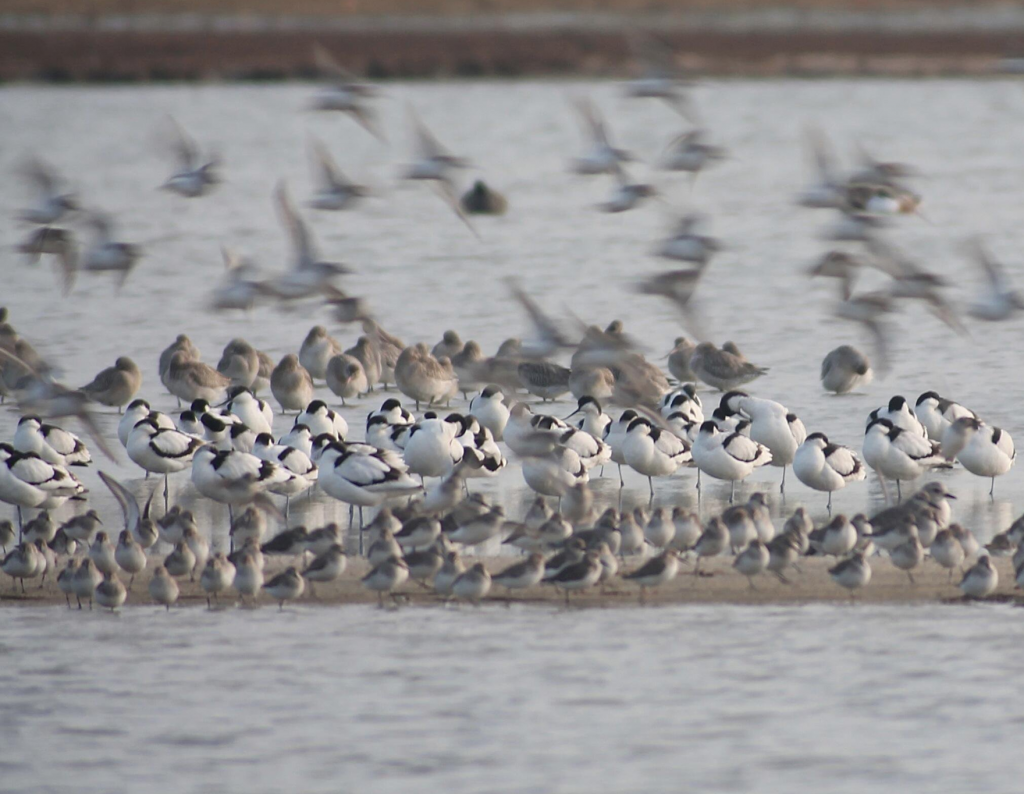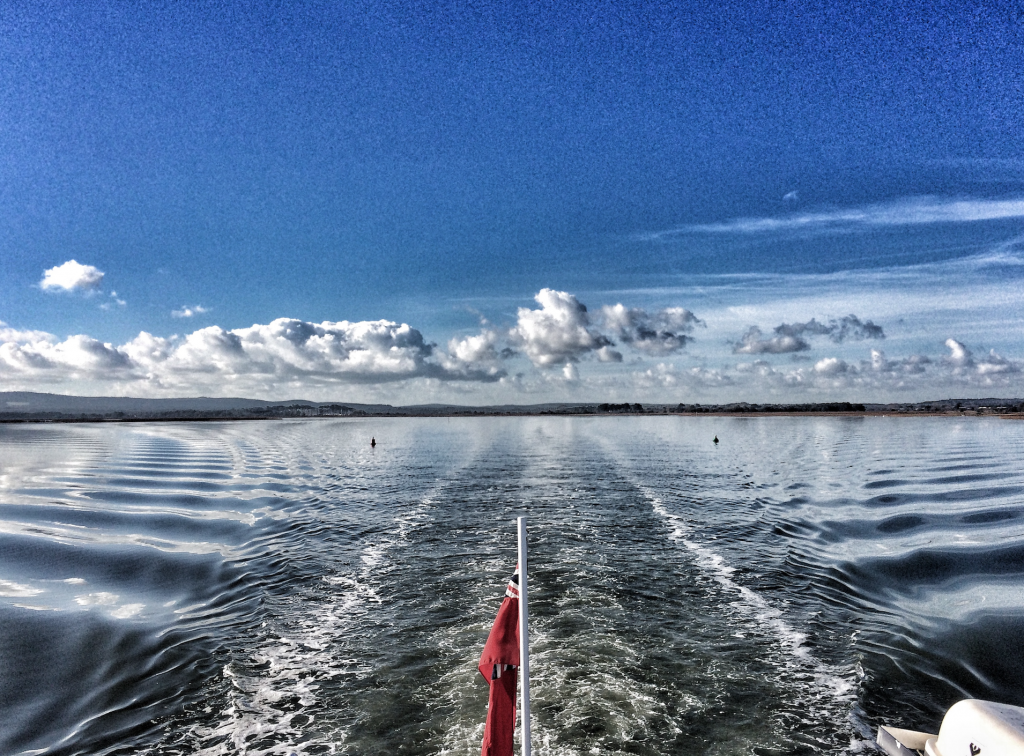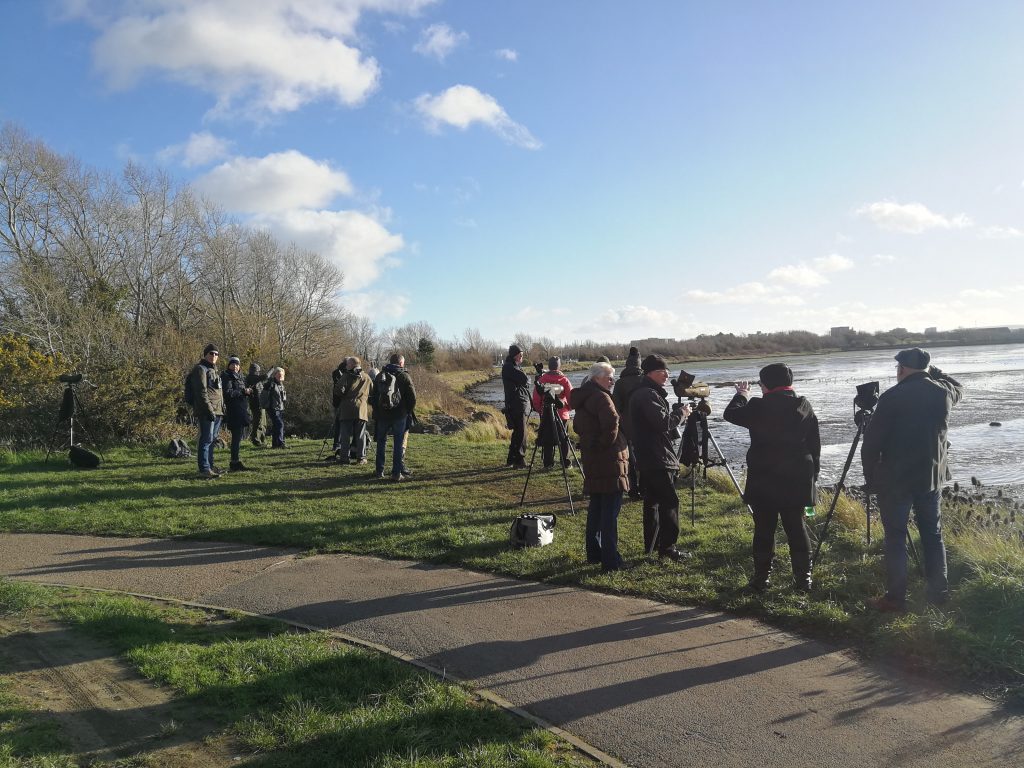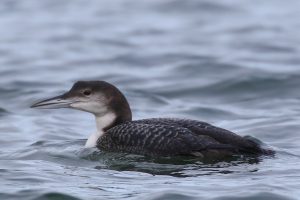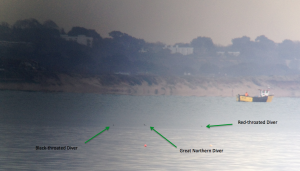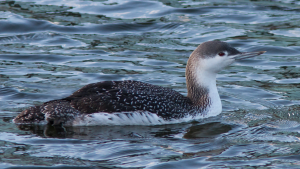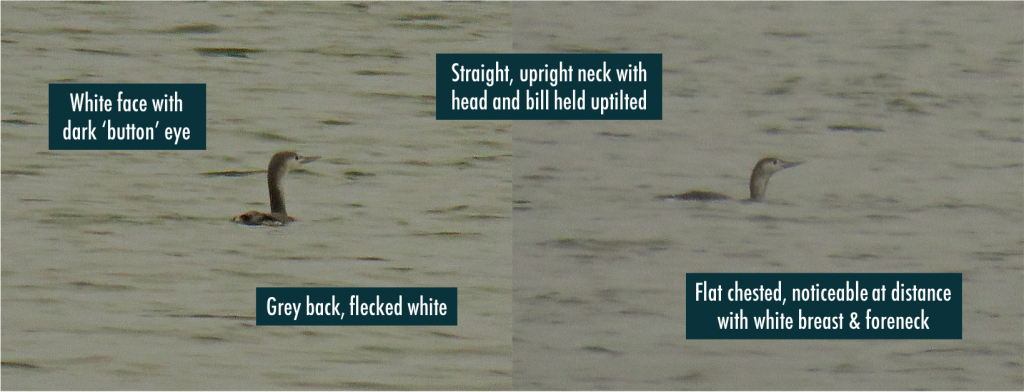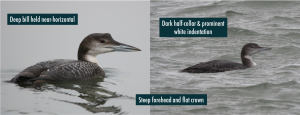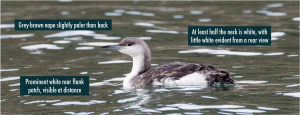Poole Harbour is an important over-wintering site for a whole range of different wetland bird species. This comprises of numerous wader, wildfowl and long-legged water birds like Grey Heron and Spoonbill, as well multiple gull species too. To assess the ever shifting population trends of these birds, Wetland Bird Surveys (WeBS counts), which are managed centrally by the British Trust for Ornithology (BTO) have been carried out in Poole Harbour since 1975. These surveys assess all wetland species during the course of the winter which in turn provides data on which birds are present in nationally and internationally important numbers, which are increasing and which are decreasing as well as comparing local trends with national trends. It’s the results of these surveys that also determine whether a site is afforded special protection or needs to be designated.
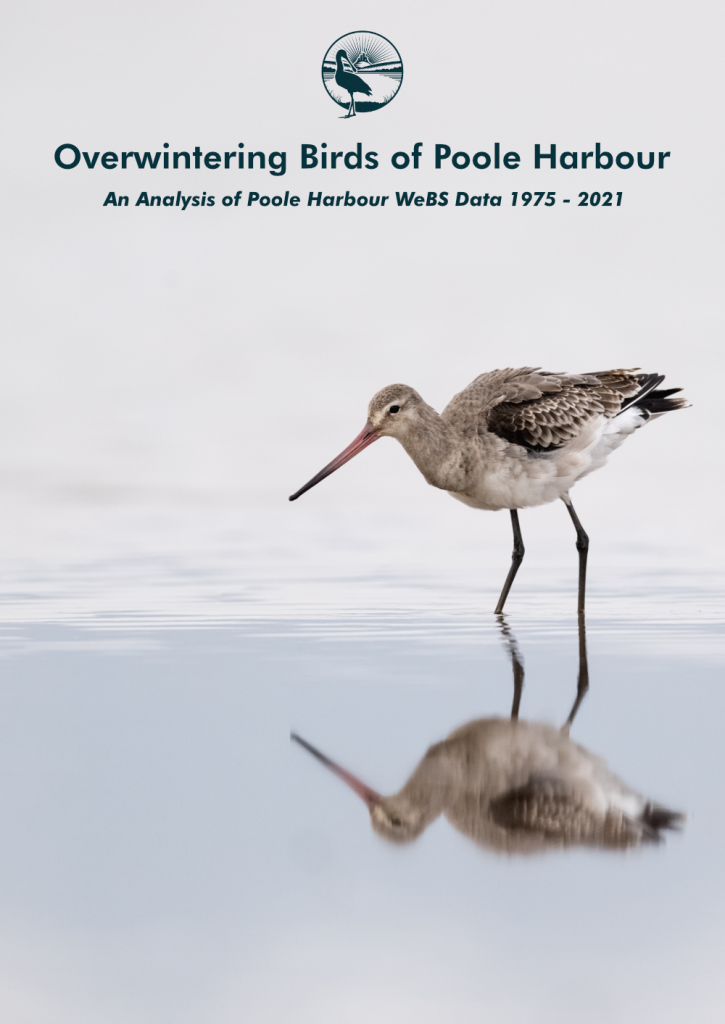 Poole Harbour is a Special Protection Area (SPA), with its bird life forming several features of that SPA. These include the regular over-wintering numbers of Icelandic Black-tailed Godwit, Avocet, Shelduck, Spoonbill and Little Egret as well as breeding Mediterranean Gull, Sandwich and Common Terns in the summer. The combined total of all over-wintering wetland birds (winter bird assemblage) also form part of the Poole Harbour SPA.
Poole Harbour is a Special Protection Area (SPA), with its bird life forming several features of that SPA. These include the regular over-wintering numbers of Icelandic Black-tailed Godwit, Avocet, Shelduck, Spoonbill and Little Egret as well as breeding Mediterranean Gull, Sandwich and Common Terns in the summer. The combined total of all over-wintering wetland birds (winter bird assemblage) also form part of the Poole Harbour SPA.
The data from these surveys is incredibly helpful to see where species thrive in the harbour, how well a species is doing or not over a period of time and when peak arrival, population and departure times are. The BTO’s WeBS reporting website provides an excellent overview of all Poole Harbour data, as well as other sites across the UK, but knowing where specific species priorities for feeding is not highlighted within their webpages, nor can all data be viewed in one place so visually.
With thanks to some incredible volunteers and our BoPH team, we’re now able to publish a full Overwintering Birds of Poole Harbour – An Analysis of Poole Harbour WeBS Data 1975 – 2021 report which breaks down, consolidates and interprets data from the last 45 years of Poole Harbour WeBS counts.
The purpose of this publication is to bring together an analysis of that data for 43 of the main winter species, the trends in numbers over the long-term, how they compare with national numbers, their seasonality, and where the birds are distributed around the harbour during the winter months. It is a ‘fact-based’ analysis of the importance of Poole Harbour for wintering birds, which we hope will stimulate public interest and further research and discussions to protect and enhance this very special place.
With special thanks we’d like to extend our immense gratitude to several volunteers for this report. These include Patrick Redshaw for the data analysis and presentation of all 45 years worth of WeBS data in this publication. To Jol Mitchell and Patrick Redshaw for the data collection and organising of all historic and present day WeBS data. Rod Brummitt who for 10 years has received, collated, entered and submitted all WeBS count data to the BTO and of course, to our valiant team of 33 WeBS counters who head out each month, come rain or shine, to count Poole Harbours amazing winter bird life. Also, a huge thank you to Brittany Maxted and Liv Cooper from our BoPH team for their incredible and ongoing editing, interpreting and design input throughout the whole process. Plus, a big thank you must go out to all previous WeBS counters and organisers who started gathering WeBS data in the early days and especially Brian Pickess and John Day from the Poole Harbour Study Group who’s early work and analysis on Poole Harbour WeBS helped form part of this report. Without any of these people, this document simply wouldn’t be possible.
Equally as important, we’d also like to thank all landowners who grant us access permission so that WeBS counters can access difficult to reach areas, meaning count accuracy is much higher. Without their support, the data would certainly suffer and degrade.
We hope you enjoy reading this new report – Overwintering Birds of Poole Harbour – An Analysis of Poole Harbour WeBS Data 1975 – 2021

